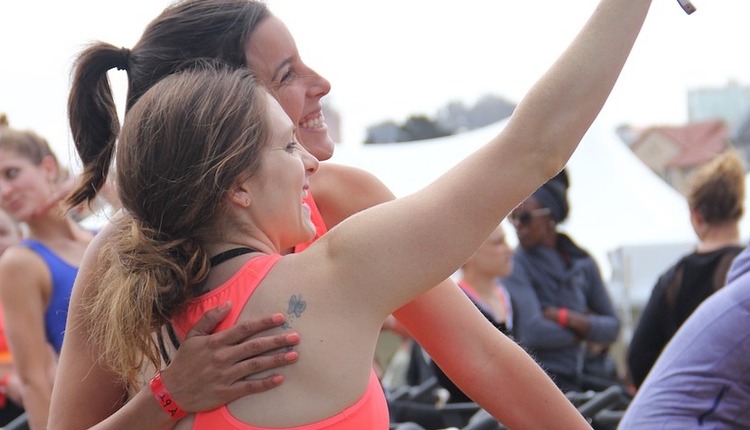
As fitness professionals, creating a positive environment where our clients, students and colleagues feel like they belong and can be themselves is essential to providing the best experience. Yet, many of us do not deliberately ensure that we provide equal opportunities for all of our clients — current and prospective — to enjoy the benefits of fitness. The simple fact is that if we are not intentionally inclusive, we are unintentionally exclusive.
Here are five practical ways you can step up as a leader on diversity, equity and inclusion in the fitness industry — and become a more inclusive fitness professional today.
1. Audit your marketing materials.
Research shows that role models significantly influence people’s sense of belonging, yet many fitness professionals and organizations do a poor job of representing all of the types of people they seek to serve. Whom do you feature on your (or your facility’s) website, social media, posters and brochures? Whose pictures are on the walls of your club (or your living room)? Whose voices do you amplify in your newsletters and social media? A simple way to foster inclusion is to showcase actual members, clients and students in your marketing materials and to consciously feature diversity along dimensions like gender, race/ethnicity, age, body size and shape, grooming style, religious symbols and visible (dis)ability in your communications.
2. Ask, don’t assume.
Relying on mental shortcuts, patterns and past experiences to make sense of the world is a natural human tendency, but one that can get in the way of treating people as individuals — or worse, make them feel ostracized. A surefire strategy to cultivate greater inclusion and belonging is to ask instead of assume. Ask your clients how their names are pronounced and practice until you get them right; ask your colleagues which pronouns (she/her, he/him or they/them) they use and honor those preferences; and ask your community what holidays they celebrate so that you can better tailor programming.
3. Use inclusive language.
Language has great power to influence whether we feel welcome, and as fitness leaders, our words carry extra weight. Instead of “ladies and gentlemen” or “queens,” refer instead to “members” “team” or “everyone” since not everybody identifies as a lady or a gentleman. Instead of focusing on how to “modify” when someone “can’t do” your envisioned exercise, find an “option” that “better serves their body” to promote self-efficacy and accomplishment. And instead of speaking about “problem areas” or “bikini bodies,” frame the benefits of exercise in more holistic, wellness-focused terms since you never know what body image traumas your clients may carry.
4. Become an ally.
Allyship is the act of supporting and lifting up others, especially those with less power or fewer advantages than you, often in the face of mistreatment. Next time someone makes a sexist or racist joke, instead of laughing along, address the situation head-on by saying, “That’s not funny” or “I’m uncomfortable with that — it’s not in line with our values.” Or when a colleague gets interrupted in a meeting, chime in with, “Actually, I’d like to hear X finish their point, please.” By confronting bad behavior and supporting those whose voice may not be as loud as yours, you can create an environment where everyone has an equal chance to thrive.
5. Nurture a more diverse next generation.
As fitness professionals, we have an exciting opportunity — and an awesome responsibility — to not only serve today’s clients but also to shape our industry for tomorrow. Do your part to help the world of fitness become more diverse, inclusive and welcoming for more people in the future by deliberately fostering diverse talent. Direct opportunities (e.g., presenting, subbing and job shadowing) to people who look different from those who traditionally get such opportunities. Mentor someone who looks different from you. And if you have control over hiring or promotions at your institution, advocate for new and different voices to be included.
You can make a meaningful difference by bringing more diversity into fitness and by being a more inclusive and equitable fitness leader. What is one action that you will take today to fulfill that promise?















